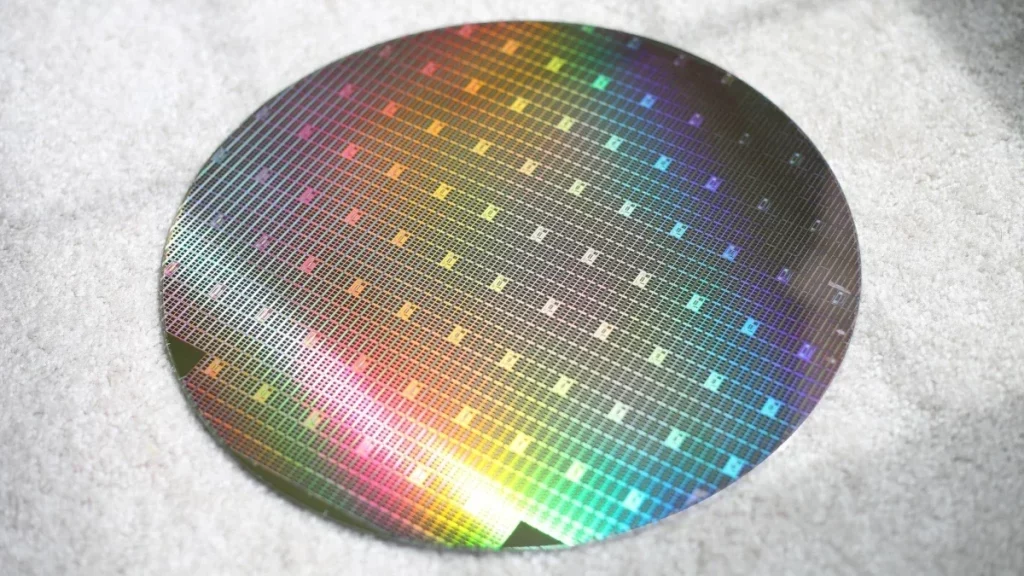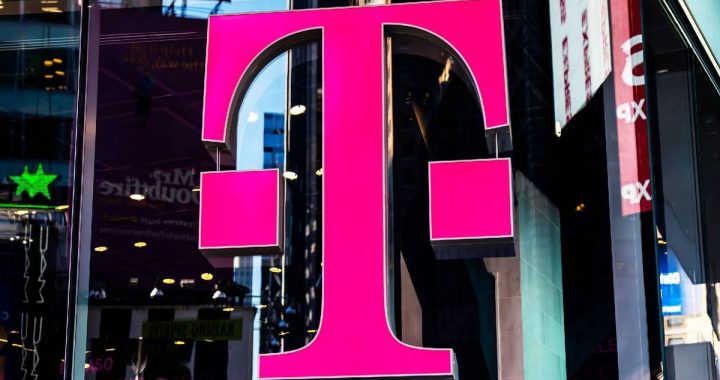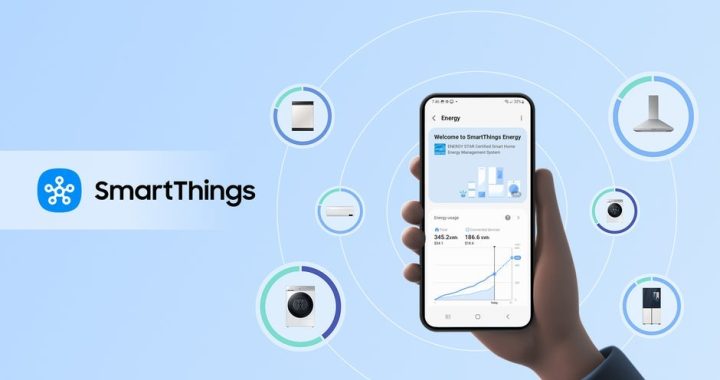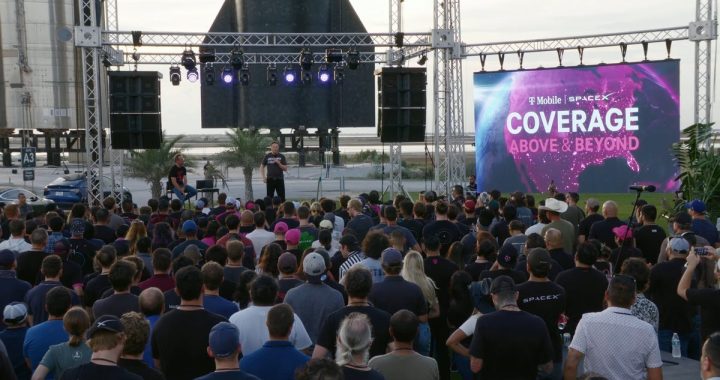TSMC, Intel, Samsung Foundry ready to battle over the start of 2nm production next year

TSMC’s third-generation 3nm node will be used to build Apple’s A19 series application processors for next year


The iPhone 15 Pro and iPhone 15 Pro Max (pictured) were the first phones powered by a 3nm chipset. | Image credit-Apple
The world’s largest contract foundry, TSMC, is already filling up its “dance card” at 2nm. Besides having Apple, its largest customer, all signed up for 2nm production in 2026, TSMC clients such as HPC (High-Performance Computing) manufacturers, AI, chipmakers, and mobile chipmakers are all in. This has given the Taiwan-based foundry a lead over Intel and Samsung Foundry when it comes to 2nm orders. Besides Apple, other notable firms that have indicated a desire to hop aboard TSMC’s 2nm train include AMD, Nvidia, MediaTek, and Qualcomm.
Samsung Foundry has been having issues over the last few years with its yield at 4nm, 3nm, and 2nm. The yield measures the percentage of chips produced from a silicon wafer that passes quality control and can be used to power a device. Samsung Foundry’s 4nm yield was so bad when producing the Snapdragon 8 Gen 1 for Qualcomm that the U.S.-based fabless chip designer dropped it for TSMC. The latter built the replacement Snapdragon 8+ Gen 1 AP. Eventually, Samsung Foundry did improve its yield to 70% at 4nm.
GAA allows for greater control over the drive current, and reduces current leaks. This leads to the production of more powerful and energy efficient chips.
Intel still is in the game but is engulfed in chaos
But Gelsinger resigned on December 1st and while the company still expects to produce 1.8nm chips next year, chaos still reigns at Intel as no permanent replacement for Gelsinger has been named. So far, AWS (Amazon Web Service) is the only high-profile name to sign up for Intel’s A18 process node.
Considering the pedigree of its client list, if one had to pick which foundry will win the 2nm battle, TSMC would be my selection.
#TSMC #Intel #Samsung #Foundry #ready #battle #start #2nm #production #year




